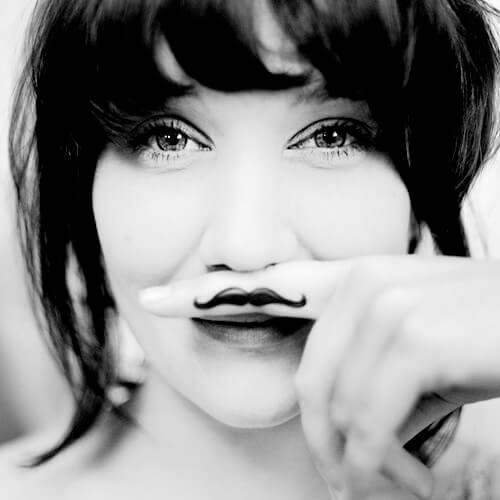Nelli Palomäki was born 1981 in Forssa, Finland. At the moment she lives and works in Karkkila and Helsinki, Finland. Her timeless portraits of children and young people reveal the fragility of the moment shared with her subject. Palomäki’s photographs deal with the growth, memory and our problematic way of seeing ourselves. One of the crucial themes in her portraiture is our mortality. She describes: “We fight against our mortality, denying it, yet photographs are there to prove our inescapable destiny. The idea of getting older is heart-rending.” She is a graduate of Aalto University School of Art, Design and Architecture in Helsinki.
Palomäki’s works have been exhibited in numerous international solo and group exhibitions. Selected solo shows: Shared (Galerie Les Filles du Calvaire, Paris 2018), Shared (Gallery Taik Persons, Berlin 2017), Jaettu (Forum Box, Helsinki 2016), Breathing the Same Air (Ordrupgaard Art Museum, Copenhagen 2013), Nelli Palomäki (The Finnish Museum of Photography, Helsinki 2013), Sons of Nakhimov (The Wapping Project Bankside, London 2012), As time consumes us (Les Rencontres d’Arles, Discovery Award 2012), As time consumes us (Kulturhuset, Stockholm 2011), Elsa and Viola (Next Level Projects, London 2011), Elsa and Viola (Gallery TAIK, Berlin 2009), I, Daughter (Turku Art Museum, Turku 2008). Her photographs have been shown in several group shows including Helsinki City Art Museum, Hasselblad Foundation in Gothenburg, Bruce Silverstein Gallery in New York, Daegu Photo Biennale in South Korea, The National Museum of Photography in Copenhagen, Purdy Hicks Gallery in London and Aperture Gallery in New York. Palomäki’s photography has been featured in several publications such as TIME magazine, British journal of photography, Independent magazine, New York Magazine, Zoom and Exit. Her book Breathing the Same Air was published spring 2013 by Hatje Cantz.
In spring 2010 Palomäki placed 2nd in Sony World Photography Awards in portraiture category and the same year Hasselblad Foundation awarded her the Victor Fellowship Grant for the studies in London. She has been selected as one of the young emerging artist for the reGeneration2–Tomorrow's Photographers Today project. In summer 2012 Palomäki was nominated for the Discover Award at the Rencontres d’Arles in France. Permanent collections include: Moderna Museet in Stockholm; The Hague Museum of Photography, Hasselblad Foundation in Gothenburg and Helsinki Art Museum. Palomäki is represented by Gallery Taik Persons (Berlin), Galerie Les filles du calvaire (Paris) and Jackson Fine Art (Atlanta).
Source: nellipalomaki.com
About The Work
Seen and captured by someone else’s eyes reminds us that the image we have of ourselves is not absolute, it is not truthful. In many senses the mirror lies more than a photograph. We learn to see ourselves in such a one-dimensional way, that hardly any image can satisfy us anymore. While time gnaws away at the faces of us and our close ones, we return to look at the pictures from our past. As beautiful or poignant as an image may be; as much as we could garner from it emotionally, the feeling for which we search remains intangible and elusive. We will never fully comprehend or recreate the moment, it died at the moment of its’ birth. Sadly, the portrait is just a shadow of our meeting, a small stain of the time we spend together. Each and every portrait I have taken is a photograph of me too. What I decide to see, or more likely, how I confront the things that I see, inevitably determines the final image. But more than that, the intensity of the moment shared with the subject, controls the portrait. As we stand there, with our grave faces, breathing the same heavy air; never so aware of each other’s details. One blind and lost without seeing his own appearance, one desperately trying to reach the perfect moment.
The complexity of portraiture, its greatest trap, eventually always lies on its power relationships. What I desire to find and to reveal might be someone’s secret. These secrets, finally shown to the viewers, as they were mine. A portrait remains forever. It is a desperate way to stay connected to someone who, though possibly a stranger, remains so familiar. It is my way of preserving a part of that person, embalming them. Through the portrait I build a relationship with my subject. I carry my subject’s memories with me, memories, as they are, being so intimately connected with photographs. Secretly I study their faces. This is how I remember them. I wonder how they remember me. As the time eats slowly away at us, I still hold these images of them, like they are the only way I ever knew, or will know these people. And that ever pervasive feeling; I met them. They will die and eventually I too will die.
